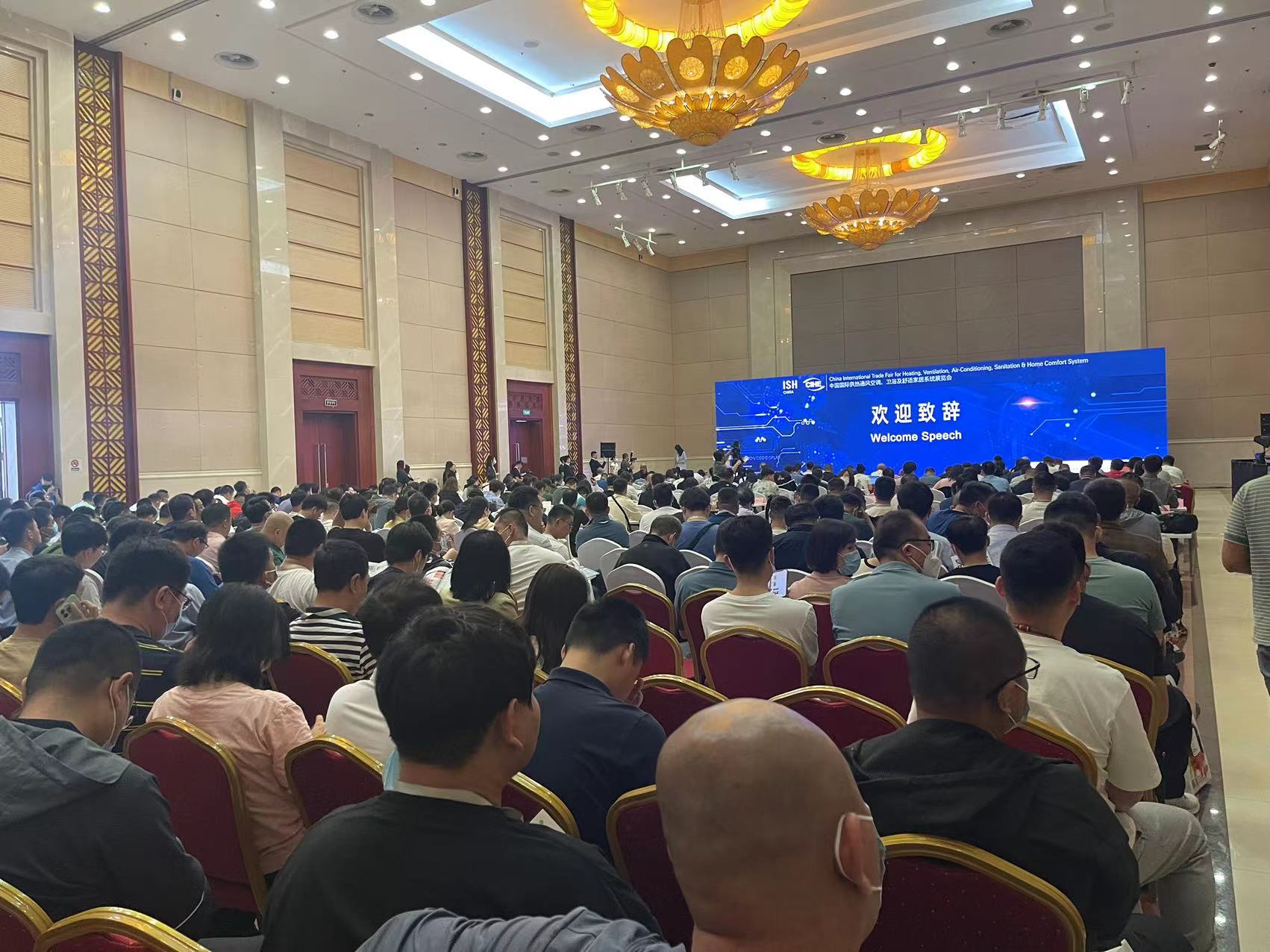- 专业翻译公司
-
月球上有水吗?有多少?嫦娥五号揭秘了!
Unitrans世联
文章转载自 世纪君 21世纪英文报
经过半个多世纪的探测,各种证据已让人们相信,月球上是有水存在的。但月球水的含量、来源等仍是需要研究的问题。
光谱仪探测也是更加先进的方式。此前,来自光谱仪的数据都是从距离月球表面遥远的月球上空观测到的,人类还从未在月球表面原位直接进行过水的探测。
如今,我国嫦娥五号探测器携带的月球矿物光谱分析仪,第一次有机会在月表近距离、高分辨地探测水的信号。
采样区一吨月壤约含一百二十克水
据《科技日报》报道,基于嫦娥五号携带的“月球矿物光谱仪”探测的数据,中科院地质与地球物理研究所等单位的研究人员首次获得了月表原位条件下的水含量。他们发现,嫦娥五号采样区的水含量在120ppm(百万分之一)以下,而从别的地方溅射到采样区的更古老岩石中的水含量约为180ppm。这就相当于1吨月壤中大约有120克水,1吨岩石中大约有180克水。相关研究成果1月8日在线发表于《科学·进展》。

An illustration in the paper shows the lunar lander's sampling site and the samples it takes. [Photo/Xinhua]
Chinese scientists published results of in-situ detection of water signals on the moon by the Chang'e 5 lunar lander, lending new evidence to the dryness of the satellite.
The study published on Saturday in the peer-reviewed journal Science Advances revealed that the lunar soil at the landing site contains less than 120 ppm water or 120g water per ton, and a light, vesicular rock carries 180 ppm, which are much drier than that on Earth.
A device onboard the lunar lander measured the spectral reflectance of the regolith and the rock and detected water on the spot for the first time.
需要说明的是,“光谱仪所探测到的‘水’是指矿物里的水分子或者羟基,在一定条件下才能转化为我们喝的水。”论文第一作者、中科院地质地球所副研究员林红磊解释道。
和普遍意义上的液态水不同,光谱仪在月面探测到的“水”都藏在岩石中,水分子代表稍微加热就可以跑出来的“结合水”,羟基则代表需要较高温度才能析出的“结构水”。
Lin Honglei, the first author of the study and an associate researcher at the Chinese Academy of Sciences' Institute of Geology and Geophysics, said detecting water signals, like water molecules and hydroxyl, is different from finding actual liquid water.
Scientists would need to treat rock and soil with heat to extract water molecules and hydroxyl from them and turn it into liquid water, he said.

Technicians monitor the status of Chang'e 5 probe at the Beijing Aerospace Flight Control Center, Dec 1, 2021. [Photo/Xinhua]
月壤中的水绝大部分来自太阳风
嫦娥五号探测器携带了月球矿物光谱分析仪,在采样过程中获取了月表的光谱。“光谱仪是靠发现羟基或者水分子的明显吸收特征来测量水。”中科院上海技物所研究员何志平介绍,“通过分析3微米附近的光谱特征,就可以识别月表水并获得水含量。”
The water content can be estimated since the water molecule or hydroxyl absorbs at a frequency of about three micrometers, according to researchers from the Chinese Academy of Sciences (CAS).
那么,这些水从何而来?科研人员解释,结合样品分析,月壤中的水绝大部分是太阳风的贡献——太阳风里有很多氢,轰到月面与月壤里的氧结合形成了羟基或者水分子。
It was the solar wind that contributed to the most humidity of lunar soil as it brought hydrogen that makes up the water, the researchers said.
和月壤中的水含量相比,岩石中多出来的60ppm水又来自哪里?科研人员推测,岩石是来自于比嫦娥五号着陆点本地玄武岩更古老的区域,多出来的水可能代表了月球内部水。“而月壤中的含水量较低,可能是嫦娥五号着陆区月幔较干或经历了大量脱气的过程,这与风暴洋地区长期的火山喷发是一致的。”林红磊说。
The additional 60 ppm water in the rock may originate from the lunar interior, according to the researchers.
Therefore, the rock is estimated to hail from an older, more humid basaltic unit before being ejected onto the landing site to be picked up by the lunar lander.
The study revealed that the moon had turned drier within a certain period, owing probably to the degassing of its mantle reservoir.
月表水的分布可能与纬度高度相关,嫦娥五号是目前返回样品中纬度最高的,这对研究月表水的分布及来源具有重要意义。论文通讯作者之一、地质地球所研究员林杨挺表示,嫦娥六号、嫦娥七号未来将在原位和轨道尺度继续探测月表水的含量、分布,本研究成果也将为嫦娥六号、嫦娥七号的科学目标实现提供支撑。
Lin Yangting, one of the study's co-authors, said China's next two lunar missions-Chang'e 6 and Chang'e 7-hope to examine the content and distribution of lunar surface water at the same site in greater detail.
The latest discovery can serve as a foundation for the two future missions to achieve their scientific objectives, he said.
综合来源:科技日报,新华网,央视网
Unitrans世联翻译公司在您身边,离您近的翻译公司,心贴心的专业服务,专业的全球语言翻译与信息解决方案供应商,专业翻译机构品牌。无论在本地,国内还是海外,我们的专业、星级体贴服务,为您的事业加速!专业翻译公司,北京翻译公司,上海翻译公司,英文翻译,日文翻译,韩语翻译,翻译公司排行榜,翻译公司收费价格表,翻译公司收费标准,翻译公司北京,翻译公司上海。




















